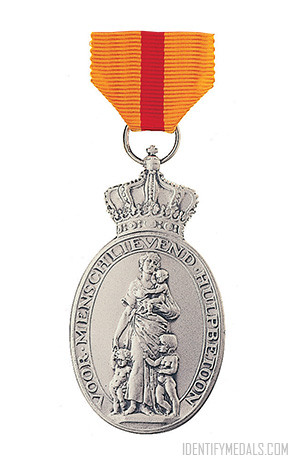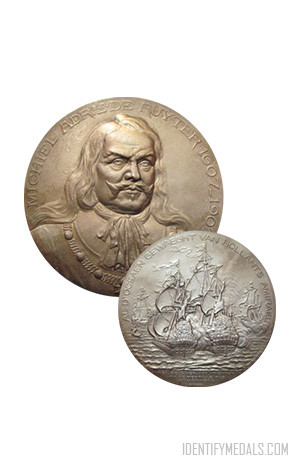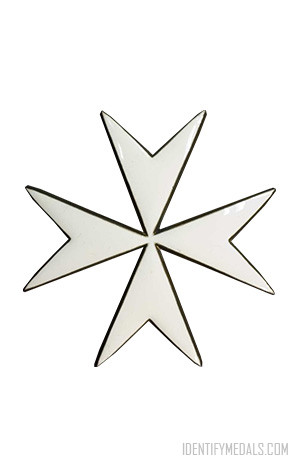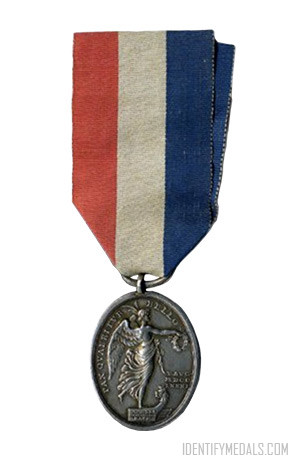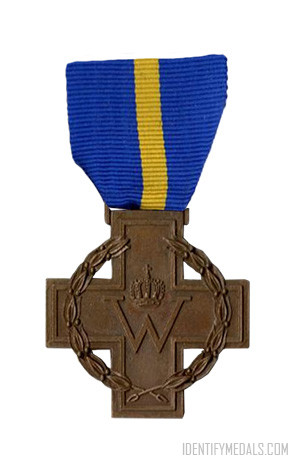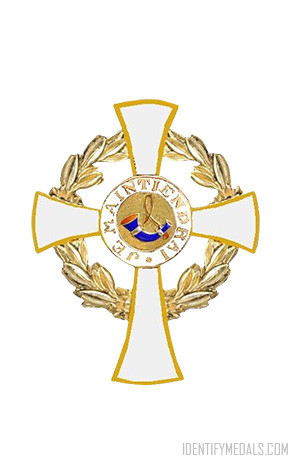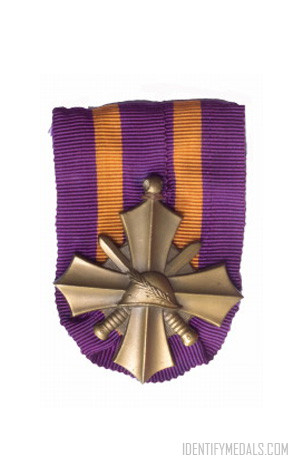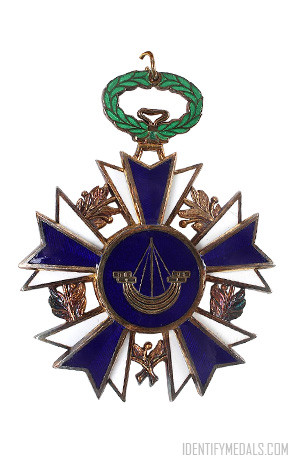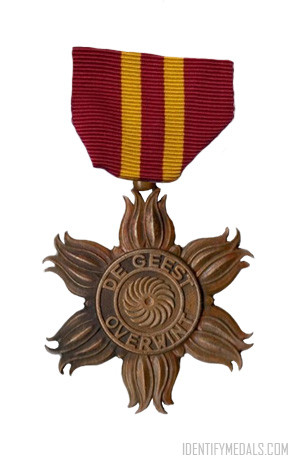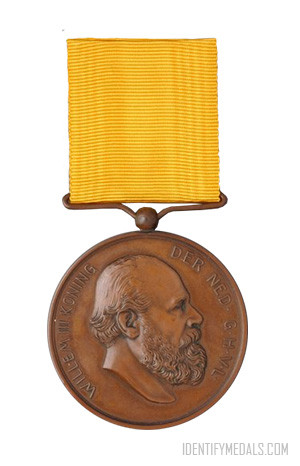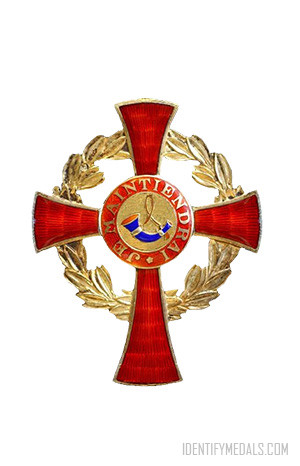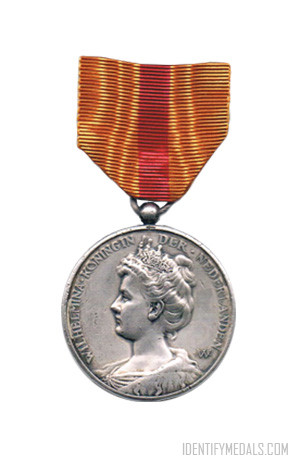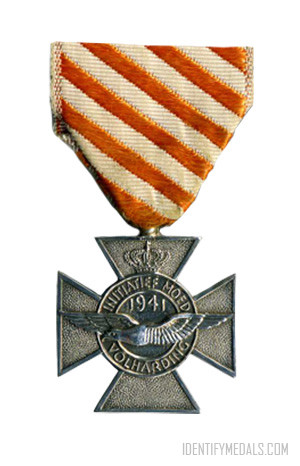- Time Period: Pre-WW1
- Institution: 18 June 1822
- Country: Netherlands
The Honorary Medal for Charitable Assistance (or Erepenning voor Menslievend Hulpbetoon in Dutch) was created at 18 June 1822 and is after the Military William Order the oldest decoration for bravery in the Kingdom of the Netherlands.
The Honorary Medal is the highest civilian decoration still being awarded for bravery, and is specifically for those who carried out a voluntary act of bravery or self-sacrifice, with an emphasis on charity.
The medal can be awarded in gold, silver or bronze. Awarding is on basis by nomination of the Netherlands government and by royal decree. The golden medal has precedence only after the Dutch Cross of Resistance (also a civilian bravery decoration, but not awarded anymore), and the silver and bronze medals have precedence after the Airman’s Cross (a military bravery award).
Lieutenant Alexander de Langle was the first person to be rewarded with this medal in 1821 for rescuing a sergeant who was stuck at the bottom of a well. Although this was considered an act of bravery, King William I did not deem it important enough to award the lieutenant the distinguished Military William Order, so inatead a new award for bravery was created: the Honorary Medal for Charitable Assistance.
The Honorary Medal for Charitable Assistance Design
In 1837 King William II decided by royal decree that the size of the golden, silver and bronze medals would be all 50 millimeter. Also his portrait was put on the medals.
Since 1849 the portrait of King William III was shown on the medals and from 1875 a portrait of the older and bold King William III.
When Emma of Waldeck and Pyrmont became the queen regent of the Netherlands she decided to put on the medal the portrait of her minor daughter Queen Wilhelmina. In 1897 a new type of medal was created, the medal did get a ribbon to wear and also did get the same shape as the French “Medal of Saint Helena”.
Since 1912 the medal has its current shape. The medal is ovally shaped with at the top a stylised royal crown. On the medal a mother with three children is portrayed. The motif is taken from the city hall in Bolsward. At the reverse side the words “De koningin aan” (English: The Queen Rewards to) and also some space is reserved for an inscription. The medal is worn with an orange ribbon that has a red band in the middle. The medallion is today still award as gold, silver or bronze.

